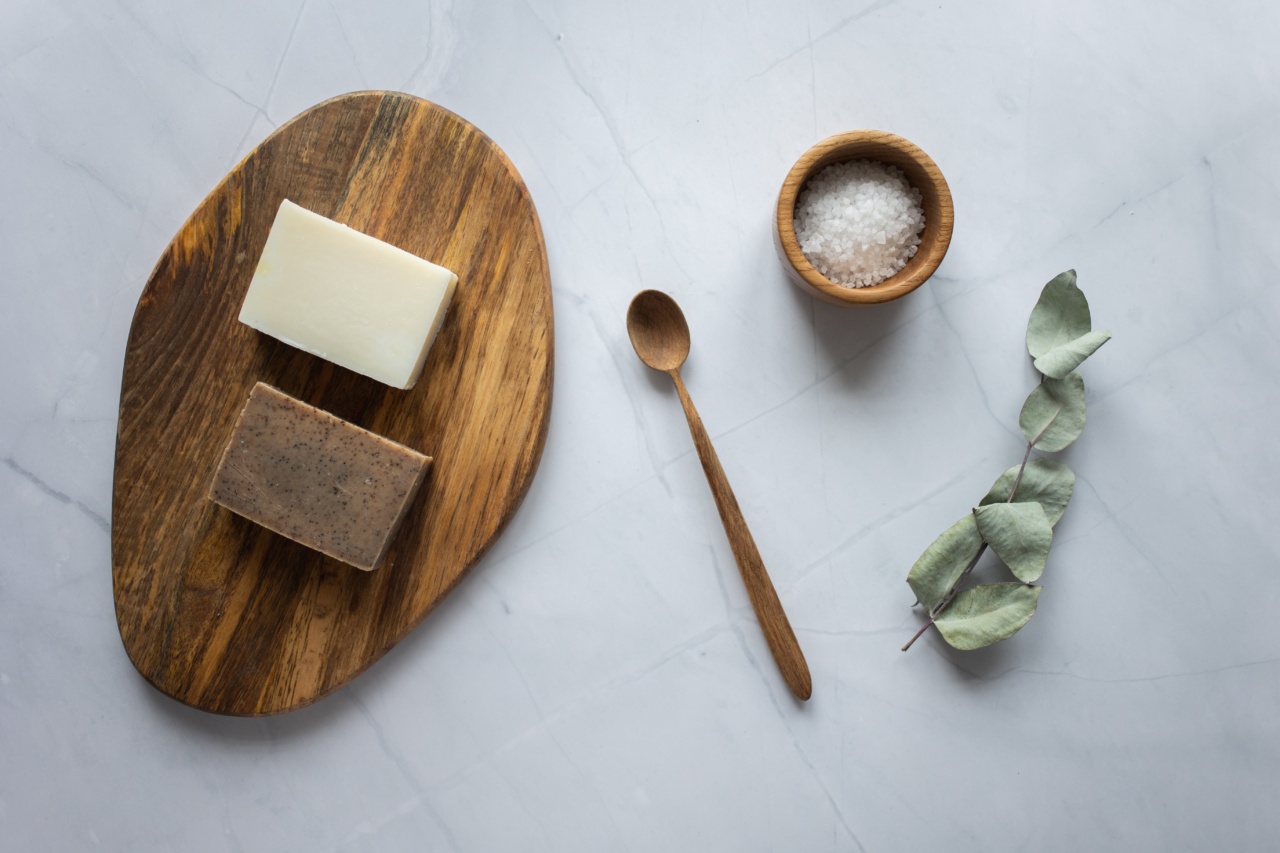Dandruff is a common skin condition that affects approximately half of the human population. It is characterized by flaking skin on the scalp, which can be itchy and bothersome.
Dandruff is caused by the overgrowth of a fungus called Malassezia on the scalp. This fungus feeds on the oils produced by the hair follicles, which can lead to irritation and inflammation. While there are many over-the-counter and prescription treatments for dandruff, some people prefer to try natural remedies.
What is Coarse Salt?
Coarse salt is a type of salt that has larger grains than table salt. It is often used for cooking, preserving food, and even in some beauty treatments.
Coarse salt is typically made from sodium chloride and may contain other minerals like calcium, potassium, and magnesium. While it is not as fine as table salt, it can still dissolve in water and be absorbed by the skin.
Why Coarse Salt Can Help Get Rid of Dandruff
Coarse salt has several properties that make it a potential remedy for dandruff. Firstly, it has abrasive qualities that can help exfoliate the scalp and remove flakes.
Secondly, salt has antimicrobial properties that can help reduce the population of Malassezia on the scalp. Finally, salt can help absorb excess oil from the scalp, which can make it a less hospitable environment for the fungus.
How to Use Coarse Salt to Get Rid of Dandruff
There are several ways to use coarse salt to help get rid of dandruff:.
Method 1: Salt Scrub
Ingredients:.
- 1 tablespoon of coarse salt
- 1 tablespoon of olive oil or coconut oil
Instructions:.
- Mix the salt and oil together in a small bowl.
- Apply the mixture to your scalp and massage gently for 5-10 minutes.
- Rinse your hair thoroughly with warm water.
- Shampoo and condition your hair as usual.
Repeat this process once or twice a week as needed.
Method 2: Salt Soak
Ingredients:.
- 1/4 cup of coarse salt
- 2 cups of warm water
Instructions:.
- Dissolve the salt in the warm water.
- Soak a clean towel in the salt water and wring out excess liquid.
- Place the towel on your scalp and leave it on for 10-15 minutes.
- Rinse your hair thoroughly with warm water.
- Shampoo and condition your hair as usual.
Repeat this process once or twice a week as needed.
Method 3: Salt Spray
Ingredients:.
- 1/4 cup of coarse salt
- 1 cup of water
- A spray bottle
Instructions:.
- Dissolve the salt in the water and pour into a spray bottle.
- Spray the salt water onto your scalp and massage gently for 5-10 minutes.
- Rinse your hair thoroughly with warm water.
- Shampoo and condition your hair as usual.
Repeat this process once or twice a week as needed.
Precautions When Using Coarse Salt for Dandruff
While coarse salt is generally considered safe, there are a few things to keep in mind when using it for dandruff:.
- Avoid using too much salt, as it can be drying to the scalp.
- If you have any cuts or open wounds on your scalp, avoid using a salt scrub or soak as it may cause further irritation.
- If you experience any discomfort or redness, discontinue use immediately and consult your doctor.
Conclusion
Coarse salt has several properties that make it a potential remedy for dandruff, including its abrasive, antimicrobial, and oil-absorbing qualities.
While there are many over-the-counter and prescription treatments available for dandruff, some people prefer natural remedies like coarse salt. If you decide to try using coarse salt for dandruff, be sure to follow the instructions carefully and take any necessary precautions.






























